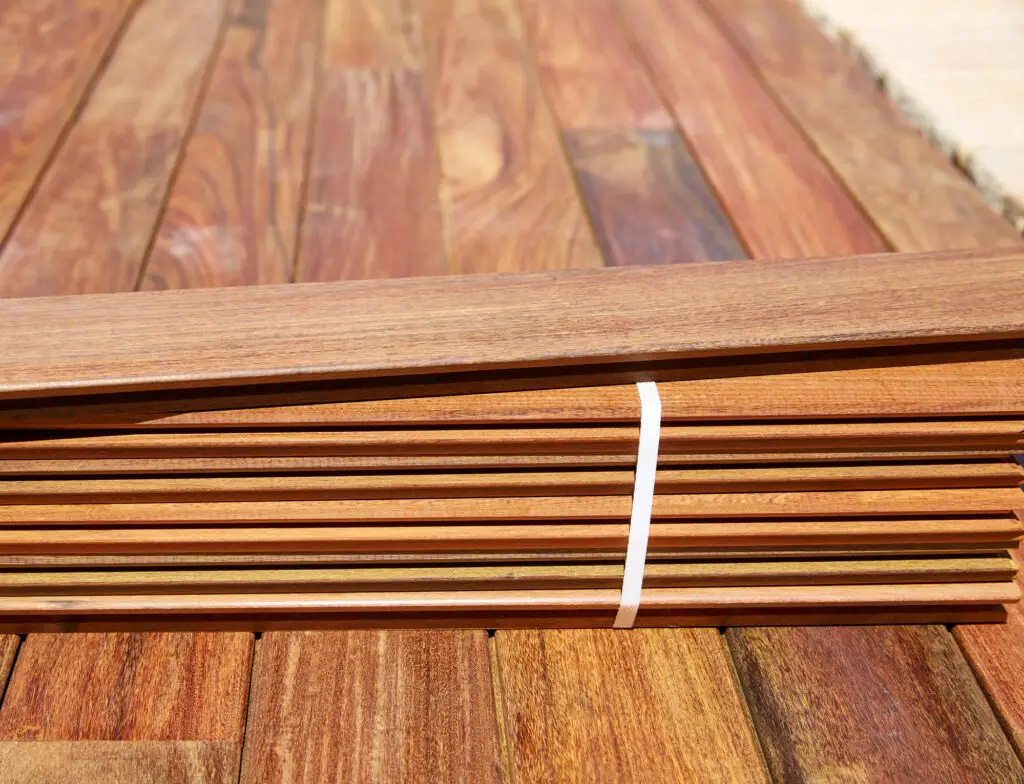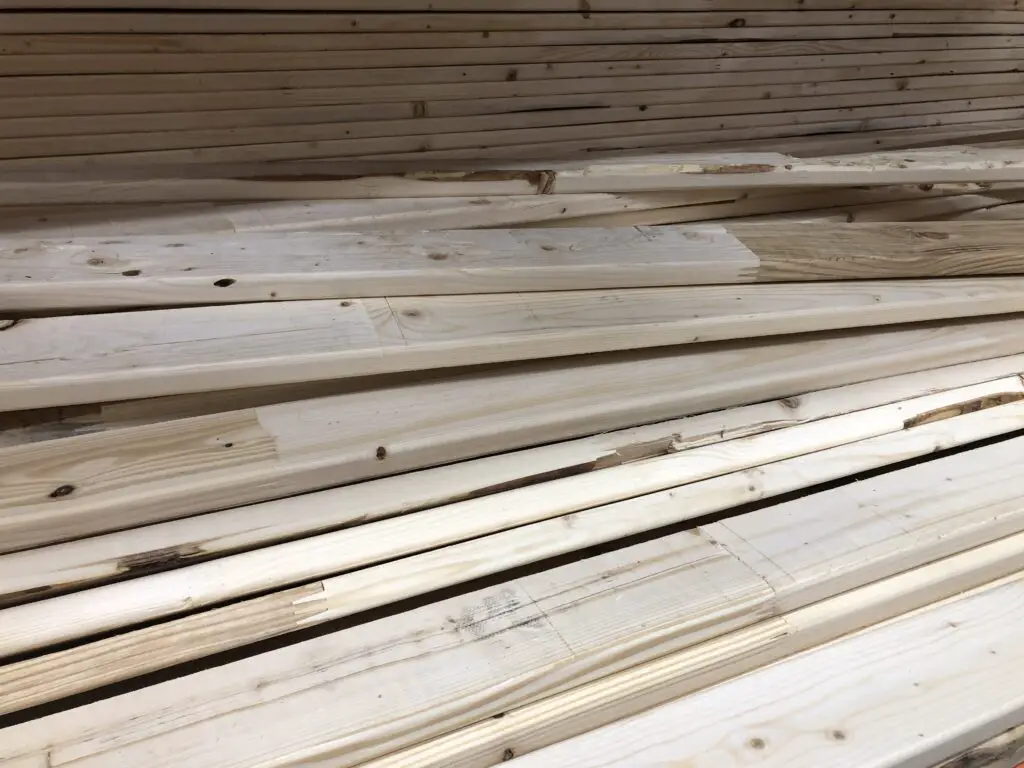Mitre saws are widely used by carpenters and woodwork specialists when undertaking a wide range of cutting duties. However, for accurate and precise cuts, a miter saw must be firmly placed on top of a miter saw table.
Plywood is most commonly recommended for building miter saw tables
Not only does the miter saw table offer a conducive place for the undertaking of woodwork duties, but it also has to be stable enough to support the work done without warping, sagging, or bending.
It also needs to offer a perfectly flat area for easy clamping.
A good miter saw table serves as the foundation for every undertaking that carpenters and woodwork experts do.
Thus, there is the need for the type of plywood used to be strong and robust to withstand tough and challenging woodwork projects.
As a novice, it may be tough to decide which type of plywood is most suitable for a miter saw table.
Various types of plywood are used in the making of a strong miter saw table. The type of plywood to be used depends on your budget and your woodwork cutting needs.
For more engaging and vigorous undertakings, a robust and high-quality plywood should be used. Most experts prefer using marine grade plywood, sanded softwood, phenolic Board, or Baltic.
If your budget is limited, you could opt for softwood plywood with tempered hardboard for the top layer.
This piece will enlighten you on the ideal type of plywood to use on the miter saw table.
Let’s get to it.
How Thick Should my Plywood Miter Saw Table Be?
Plywood comes with a wide range of qualities and thicknesses.
This type of wood used for building the top layer of a miter saw table is designed by combining different layers of wood veneer and gluing them together using an adhesive.
To make the veneer layer complete, the wood grain is aligned perpendicularly.
This makes the plywood extremely strong and very hard to crack even in tough working conditions.
The thickness of your miter saw table is vital as it will determine the strength of the miter saw stand/table.
Plywood that is thinner than ½ inch is not recommended as it may not withstand heavy tasks and may break easily. A thickness of 5/8 inch and above is ideal as it is robust enough.
The plywood’s thickness is a significant consideration and thus should not be ignored unless you want to make a miter saw stand that is wobbly and shaky.
When it comes to plywood thickness, there are different variations available that affect woodwork and carpentry projects.
The plywood thickness ranges between 1/8 inch and 1 ¼ inch, but you should note that these numbers are not an actual representation of the plywood’s real thickness.
Thus it would be best if you were keen when buying plywood to purchase the recommended thickness.
Can I use Plywood Alternatives for a Miter saw Table?
Here’s a great video explaining the basics of various different types of plywood, you’ll easily be able to find something that fits your budget here:
Although plywood is most preferred in building the top layer of a miter saw table because it is versatile, pocket-friendly, and readily available compared to solid wood, there are other viable materials that could be used to make a miter saw table. Some of the alternatives include:
- The Polyurethane Board
In sheer contrast with the plywood, the polyurethane board is different as it is made of plastic. This material is susceptible to water damage and splitting, which may be brought about by the absorption of moisture.
Polyurethane board is remarkably lightweight and it can be much durable if it is reinforced with fiberglass. Like any piece of plywood, this type of board is ideal for building the top layer of a miter saw table.
Using standard miter saws, polyurethane boards can be cut down to any desired size or shape just as the plywood. This type of board is available in standard-sized sheets with a wide range of density variants. Unlike plywood which absorbs water, polyurethane does not, thus adhesives can be easily used.
The only shortcoming of the polyurethane board is the visual appeal. Plywood tends to have an appealing outward appearance due to the orderly arrangement of the wood grain. Although you can use an artificial finish on a polyurethane board to improve its appearance, nothing matches the real thing.
- Particle Board
The particle board is an eco-friendly alternative to plywood in making the miter saw table as it can be recycled. This type of board is made from wood particles making it remarkably light as compared to plywood.
Although particle board may be used to make the miter saw table, it may not be as strong as plywood, thus not suitable for heavy woodwork projects. Most experts who work with particle board opt to retain its natural look as the paint may not look good on it.
- EKO Ply Sheet
EKO ply recyclable board is another alternative that can be used instead of plywood to make a miter saw table. Although the manufacturers haven’t revealed what is used in EKO ply production, it is recyclable and eco-friendly.
This type of material tends to be more durable and sturdier as compared to standard plywood. What makes this type of material stand out is that it is virtually impervious to moisture and water damage, corrosion, and natural rot.
The only shortcoming with EKO ply is its gloomy outlook compared to plywood. However, it has the capacity to withstand tough work duties.
On the other hand, the use of Medium-density fiberboard (MDF) and Oriented Strand Board (OSB) in the making miter saw table should be avoided as they may not hold so well; thus, they may not provide the best surface for the various woodwork tasks.
Generally, softwood plywood is ideal in making the miter saw table due to its robust properties, making it hard to break. It is also versatile and cost-friendly. However, you can also use the alternatives mentioned above including EKO ply sheet, particleboard, and polyurethane board, among many other types of wood.

